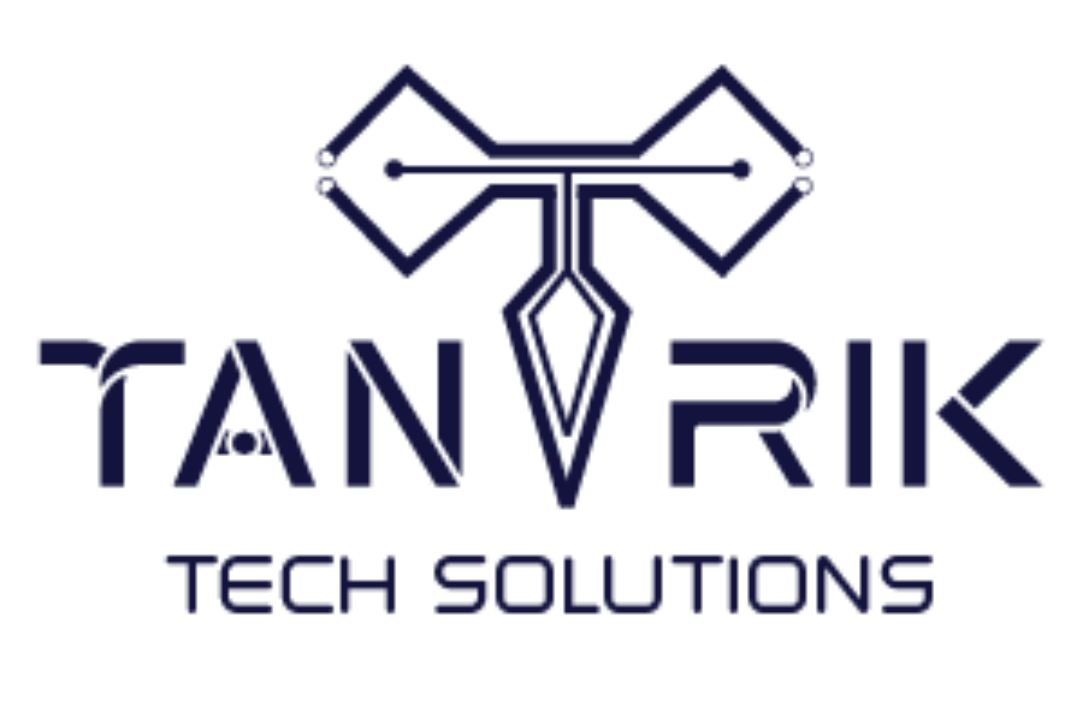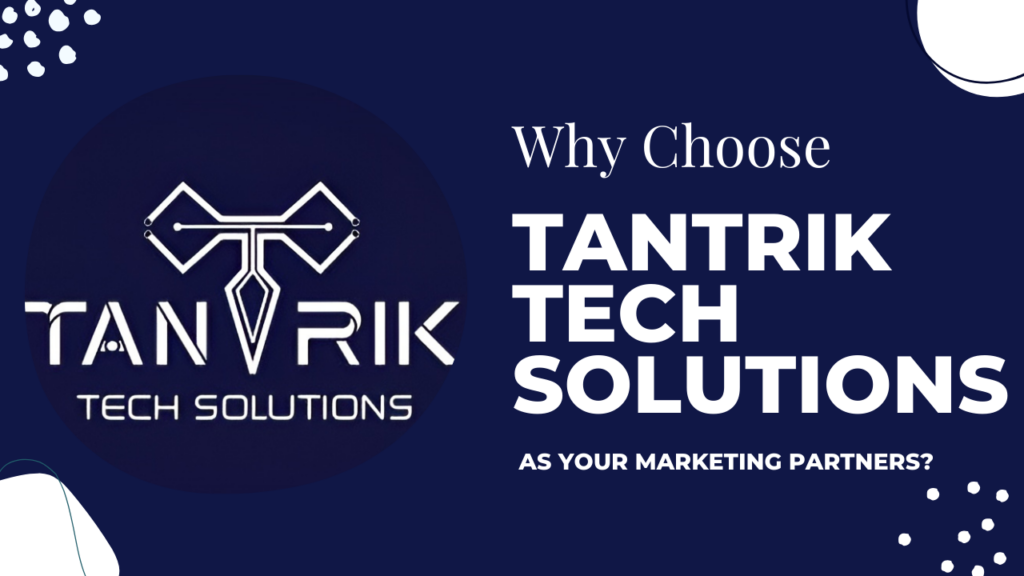At Tantrik Tech, we know that using competitive intelligence can help you create better marketing strategies and build a strong brand. In this blog, we’ll explain what competitive intelligence is, how it works, why it’s valuable, and share real-life examples. We’ll also discuss the problems it can solve, important things to keep in mind, and how Tantrik uses competitive intelligence to help our clients succeed.
What is Competitive Intelligence?
Competitive intelligence is about gathering and analyzing information about your competitors and the market. This information can include what products they sell, how they price them, their marketing tactics, and what customers think about them. The goal is to help businesses understand their position in the market and make better decisions.
How Does Competitive Intelligence Work?
The process of competitive intelligence usually includes a few key steps:
- Identifying Competitors: Start by figuring out who your competitors are. This includes both businesses that sell similar products and those that target the same customers.
- Collecting Data: Next, gather information from various sources. This can include online research, customer surveys, social media, and competitor websites.
- Analyzing Data: Once you have the information, it’s time to analyze it. Look for patterns and trends to understand how competitors operate and where they stand in the market.
- Making Decisions: Finally, use the insights gained from your analysis to inform your business strategies. This can involve adjusting prices, changing marketing campaigns, or even creating new products based on market needs.
Why is Competitive Intelligence Valuable?
Competitive intelligence offers many benefits for businesses:
- Better Decisions: It helps businesses make choices based on real data rather than guessing, leading to better planning and execution.
- Market Awareness: Understanding the competitive landscape helps businesses stay aware of market trends and adapt their strategies.
- Identifying Risks: CI can highlight potential threats from competitors, allowing businesses to take action before problems arise.
- Spotting Opportunities: By analyzing competitors, businesses can find gaps in the market and opportunities for innovation.
Real-Life Examples of Competitive Intelligence
Coca-Cola vs. Pepsi
The ongoing competition between Coca-Cola and Pepsi serves as one of the most famous case studies in competitive intelligence. Both companies are giants in the beverage industry, and their rivalry dates back over a century.
Background
Coca-Cola and Pepsi both offer a wide range of products, but their flagship sodas are at the center of their competition. Each brand has distinct marketing strategies and customer engagement approaches, making them prime candidates for competitive analysis.
Use of Competitive Intelligence
To maintain their market share and attract new customers, both companies rely heavily on competitive intelligence:
- Market Research: Both Coca-Cola and Pepsi conduct extensive market research to understand consumer preferences. They gather data through surveys, focus groups, and social media monitoring to discover which flavors, packaging, and promotions resonate with their audiences.
- Marketing Campaign Analysis: The two companies continuously analyze each other’s marketing campaigns. For example, when Pepsi launched the “Pepsi Challenge,” a blind taste test that invited consumers to choose between Pepsi and Coca-Cola, Coca-Cola used competitive intelligence to evaluate the campaign’s impact. This led to Coca-Cola’s introduction of “Coca-Cola Classic,” a rebranding effort to reclaim its market position after the original formula change.
- Promotional Strategies: Coca-Cola and Pepsi constantly evaluate the effectiveness of each other’s promotional strategies. When one brand invests in a high-profile advertising campaign, the other closely analyzes the return on investment (ROI) and customer feedback to adjust their own promotional tactics accordingly.
Outcome
Through these efforts, both companies have successfully adapted their strategies based on insights gained from competitive intelligence. This has allowed them to maintain their relevance in a constantly evolving market. Their rivalry has also pushed both brands to innovate and differentiate their products, ultimately benefiting consumers.
Amazon and Walmart
The competition between Amazon and Walmart illustrates how e-commerce and traditional retail giants use competitive intelligence to enhance their operations and services.
Background
Amazon, originally an online bookstore, has transformed into a global e-commerce leader. In contrast, Walmart is a long-established brick-and-mortar retailer that has also embraced online sales. Both companies aim to provide the best shopping experience while capturing market share.
Use of Competitive Intelligence
Both Amazon and Walmart leverage competitive intelligence in several ways:
- Pricing Strategies: Amazon uses dynamic pricing algorithms to adjust its prices based on competitor pricing and demand. Walmart, aware of this strategy, constantly monitors Amazon’s prices to ensure its offerings remain competitive. For example, if Amazon reduces the price of a popular electronic item, Walmart often reacts quickly to match or beat that price.
- Customer Experience Analysis: Both companies analyze customer reviews, satisfaction ratings, and shopping behaviors to improve their services. Amazon’s advanced recommendation algorithms are designed based on insights from customer interactions, while Walmart uses customer feedback to refine its in-store and online experiences.
- Supply Chain Management: Competitive intelligence helps both companies optimize their supply chains. For instance, Amazon’s investment in fulfillment centers and delivery logistics allows it to offer faster shipping options. In response, Walmart has enhanced its distribution network and partnered with various logistics providers to improve its online delivery capabilities.
Outcome
Through effective competitive intelligence, both Amazon and Walmart have adapted to the rapidly changing retail landscape. This ongoing analysis allows them to respond to consumer preferences, pricing strategies, and operational efficiencies. As a result, they continue to compete aggressively in both online and offline markets, pushing each other to innovate and enhance customer experiences.
Apple and Samsung
The rivalry between Apple and Samsung in the technology sector is another compelling example of competitive intelligence in action. Both companies have dominated the smartphone market for years, each bringing unique strengths to the table.
Background
Apple is known for its premium products and a strong brand identity centered around design and user experience. Samsung, on the other hand, offers a wider range of devices, from budget-friendly to high-end models, and is a leader in display technology.
Use of Competitive Intelligence
Apple and Samsung utilize competitive intelligence to refine their product offerings and marketing strategies:
- Product Feature Analysis: Both companies closely monitor each other’s product launches and features. When Apple released the iPhone X with its facial recognition technology, Samsung analyzed the feature’s adoption and consumer reactions. In response, Samsung incorporated similar technology in its subsequent Galaxy models, ensuring they remained competitive.
- Marketing and Advertising Strategies: Competitive intelligence helps both companies evaluate the effectiveness of their marketing efforts. Apple’s minimalist advertising contrasts with Samsung’s aggressive campaigns highlighting product specifications and features. By analyzing customer engagement and sales data, each company can adjust its marketing strategy to attract target audiences more effectively.
- Consumer Sentiment Tracking: Both companies actively track consumer sentiment on social media platforms and technology forums. For example, if users express dissatisfaction with the battery life of a new Samsung device, Apple may leverage this information to emphasize the long battery life of its own products in marketing campaigns.
Outcome
Through competitive intelligence, Apple and Samsung have been able to innovate and enhance their products and marketing strategies continuously. This rivalry drives both companies to push the boundaries of technology, ultimately benefiting consumers by providing better choices and experiences.
Problems Competitive Intelligence Can Solve
- Understanding Market Position: CI helps businesses see how they stack up against competitors, which is important for standing out in the market.
- Product Development: Analyzing competitors can reveal what customers want, helping businesses create new products that meet those needs.
- Setting Prices: Competitive intelligence allows businesses to keep an eye on competitor pricing, which helps in making informed pricing decisions.
- Improving Marketing: By knowing what marketing strategies work for competitors, businesses can refine their own campaigns to engage customers better.
- Customer Retention: CI can help businesses understand why customers choose competitors, allowing them to address those issues and keep customers loyal.
Precautions When Conducting Competitive Intelligence
While competitive intelligence is valuable, it’s important to approach it responsibly. Here are some things to keep in mind:
- Stay Legal: Make sure to gather information in a legal way. Avoid tactics like spying or hacking competitor systems.
- Respect Privacy: Always comply with privacy regulations. Avoid using misleading tactics to gather information from customers or competitors.
- Use Publicly Available Information: Stick to collecting data that anyone can access, such as competitor websites and social media.
- Be Objective: When analyzing data, stay objective. Ensure insights are based on facts rather than personal opinions.
- Keep Monitoring: The market changes quickly, so regularly update your competitive intelligence to stay relevant.
Tantrik’s Approach to Competitive Intelligence
At Tantrik Tech, we understand that competitive intelligence is not just a one-time task; it’s an ongoing effort that informs our digital strategies and branding. Here’s how we do it:
- Thorough Analysis: We carefully analyze competitors to understand their strengths and weaknesses. This helps us identify opportunities for our clients.
- Data-Driven Insights: We use data to provide practical insights that guide our marketing strategies. We look at customer behavior and preferences to tailor our approach.
- Creative Strategies: Based on what we learn from competitive intelligence, we develop innovative marketing strategies that help our clients stand out.
- Trend Monitoring: We continuously keep an eye on market trends and competitor actions to adapt our strategies as needed.
- Client Collaboration: We believe in working closely with our clients to align our competitive intelligence efforts with their business goals, ensuring our strategies fit their needs.
Tools for Competitive Intelligence
While we won’t dive deep into specific tools, there are many great resources available to help with competitive intelligence. Here are a few popular ones:
- SEMrush: This tool helps analyze competitors’ online visibility, including search rankings and advertising strategies.
- Ahrefs: Focused on SEO performance, Ahrefs lets you look at backlinks and see how competitors are doing online.
- BuzzSumo: This tool analyzes content performance on social media, helping businesses identify popular topics and trends.
- SimilarWeb: Useful for analyzing website traffic and audience demographics, helping you understand competitors’ online performance.
- Google Alerts: A simple way to monitor news and updates about competitors by setting alerts for specific keywords.
Conclusion: The Importance of Competitive Intelligence
Competitive intelligence is an essential part of any successful business strategy today. By understanding what competitors are doing, businesses can make informed decisions, spot growth opportunities, and reduce risks.
At Tantrik Tech, we believe that having a strong competitive intelligence framework can provide valuable insights for digital marketers, business owners, and CROs. By focusing on data-driven insights, staying adaptable, and following ethical practices, businesses can navigate the competitive landscape more effectively.
As the market continues to evolve, we encourage organizations to make competitive intelligence a core part of their strategy. This approach will help ensure your business not only survives but thrives.
If you want to learn how competitive intelligence can improve your digital strategies and branding efforts, reach out to us at Tantrik Tech. Together, we can explore new opportunities and help your business succeed in today’s competitive environment.




